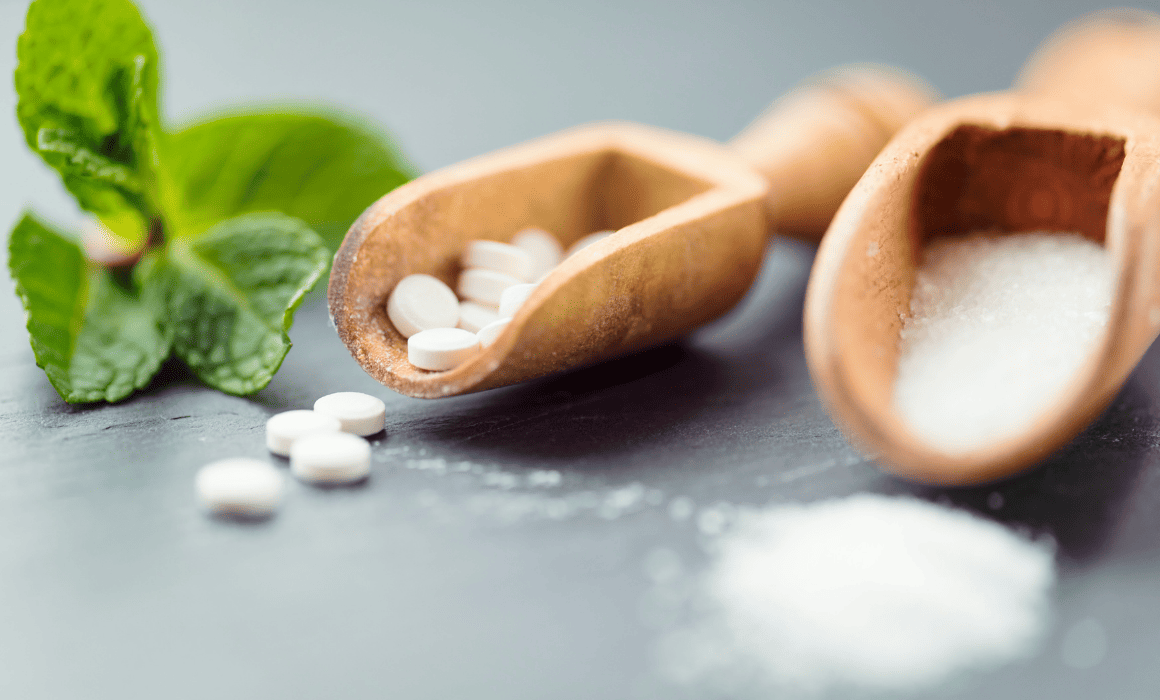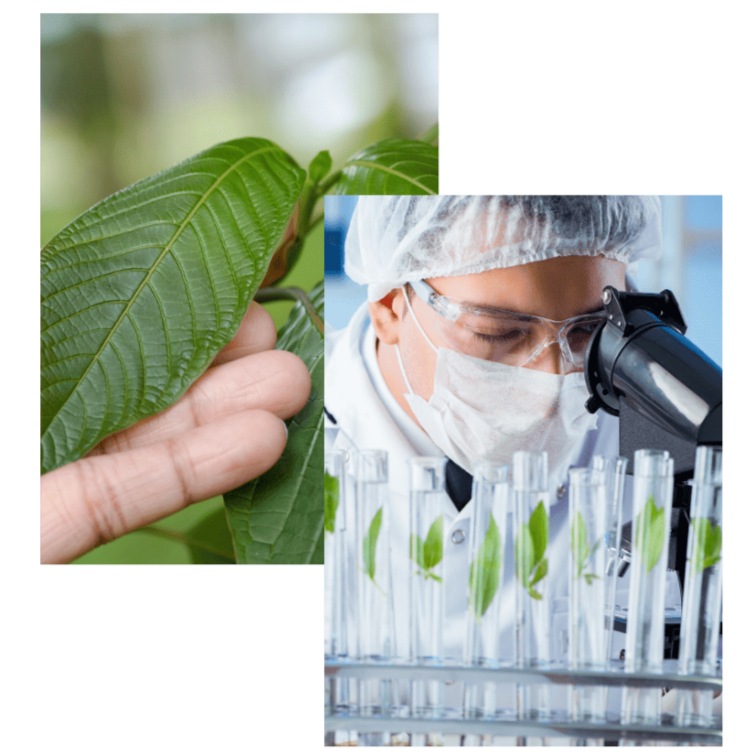What Is 7-OH?
7‑Hydroxymitragynine (7‑OH) is a minor but highly potent indole alkaloid found in Mitragyna speciosa, formed in vivo via oxidative metabolism of mitragynine. Although it represents ≤ 2 % of leaf alkaloids, its pharmacological impact is disproportionate to its concentration. Source: Project Seven‑O Final Report (Marwood Group) citeturn2file13









